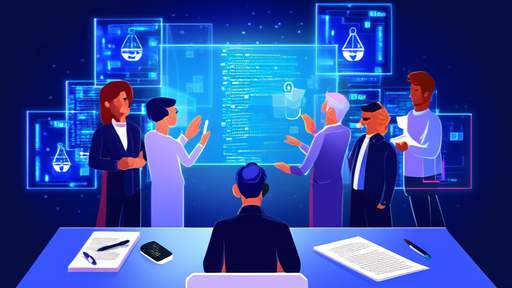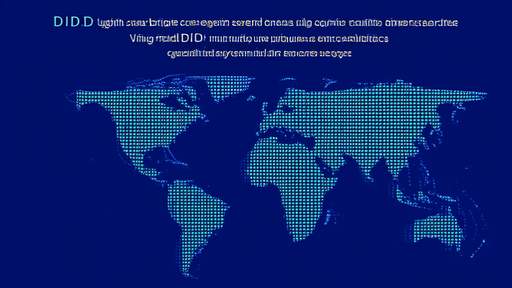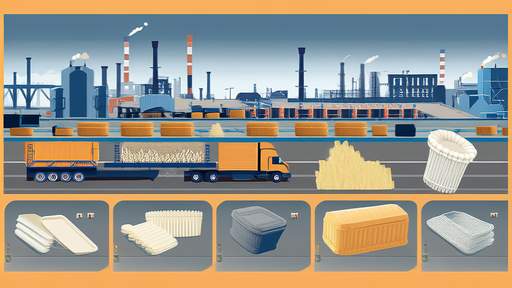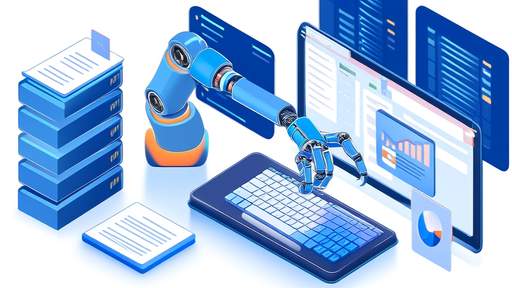The evolution of the internet has brought us to the era of Web3.0, a decentralized paradigm that promises greater user control, privacy, and security. Among its many innovations, distributed storage stands out as a cornerstone technology. However, as the volume of data grows exponentially, the efficiency of retrieving information from these decentralized networks becomes a critical challenge. This article explores the current state of retrieval efficiency in Web3.0 distributed storage systems, the hurdles they face, and the emerging solutions that could redefine how we access data in a decentralized world.
The Promise and Peril of Distributed Storage
Distributed storage systems, such as those built on IPFS (InterPlanetary File System) or Filecoin, operate on a fundamentally different principle compared to traditional centralized servers. Instead of relying on a single point of failure, data is fragmented and stored across multiple nodes globally. This architecture enhances resilience and censorship resistance but introduces complexities in retrieval efficiency. Latency, bandwidth constraints, and node availability all play a role in how quickly a user can access their data.
One of the primary challenges is the lack of a centralized index. In conventional systems, a server knows exactly where each piece of data resides. In contrast, decentralized networks require querying multiple nodes to locate the desired information. This process, while secure and private, can slow down retrieval times significantly. The trade-off between decentralization and speed is a central theme in the ongoing development of Web3.0 storage solutions.
Current Solutions and Their Limitations
To mitigate these issues, several approaches have been adopted. Caching mechanisms, for instance, store frequently accessed data closer to the user, reducing the need for repeated long-distance queries. Peer-to-peer (P2P) networks also employ distributed hash tables (DHTs) to streamline the search process. These tables act as a decentralized directory, helping nodes locate data without exhaustive searching.
However, these solutions are not without flaws. Caching relies on predicting user behavior, which is inherently unpredictable. DHTs, while effective, can become inefficient as the network scales. The dynamic nature of decentralized networks—where nodes join and leave frequently—adds another layer of complexity. A node holding a critical piece of data might go offline, forcing the system to find an alternative source, further delaying retrieval.
Emerging Technologies to Boost Efficiency
Innovations in artificial intelligence and machine learning are beginning to address these challenges. Predictive algorithms can analyze usage patterns to pre-fetch data, reducing latency. Similarly, advancements in network routing protocols aim to optimize the path data takes from storage nodes to end-users. Projects like Swarm and Arweave are experimenting with novel consensus mechanisms that prioritize data availability and retrieval speed without compromising decentralization.
Another promising avenue is the integration of edge computing with distributed storage. By processing data closer to its source, edge computing minimizes the distance information must travel, thereby enhancing retrieval efficiency. This hybrid approach could bridge the gap between the decentralized ethos of Web3.0 and the performance expectations of modern internet users.
The Road Ahead
As Web3.0 matures, the balance between decentralization and efficiency will remain a focal point. The community is actively exploring layered solutions, where frequently accessed data resides in faster, more accessible layers, while less critical information is stored deeper in the network. Such tiered systems could offer the best of both worlds, ensuring quick access to high-demand data while maintaining the security and resilience of decentralized storage.
The journey toward efficient distributed storage retrieval is far from over, but the progress so far is encouraging. With continued innovation and collaboration, Web3.0 has the potential to deliver on its promise of a faster, more secure, and user-centric internet. The challenges are significant, but so too are the opportunities to redefine how we store and access information in the digital age.

By /Jun 3, 2025

By /Jun 3, 2025

By /Jun 3, 2025

By /Jun 3, 2025

By /Jun 3, 2025

By /Jun 3, 2025

By /Jun 3, 2025

By /Jun 3, 2025

By /Jun 3, 2025

By /Jun 3, 2025

By /Jun 3, 2025

By /Jun 3, 2025

By /Jun 3, 2025

By /Jun 3, 2025

By /Jun 3, 2025

By /Jun 3, 2025

By /Jun 3, 2025

By /Jun 3, 2025

By /Jun 3, 2025

By /Jun 3, 2025